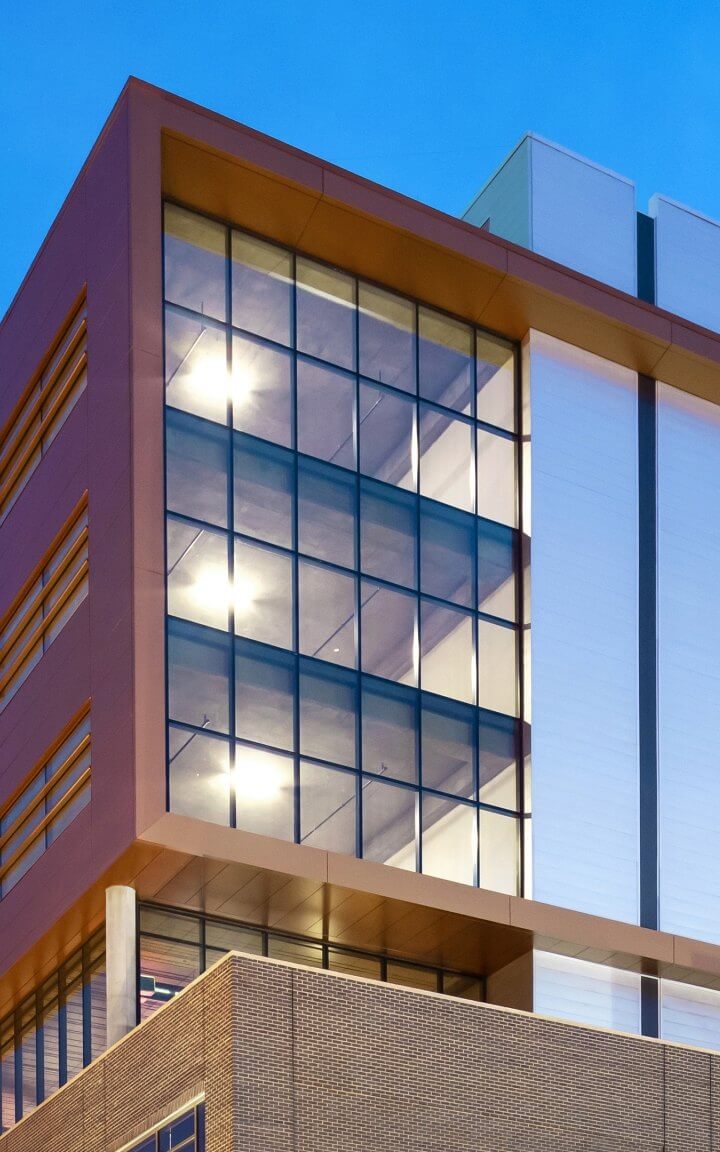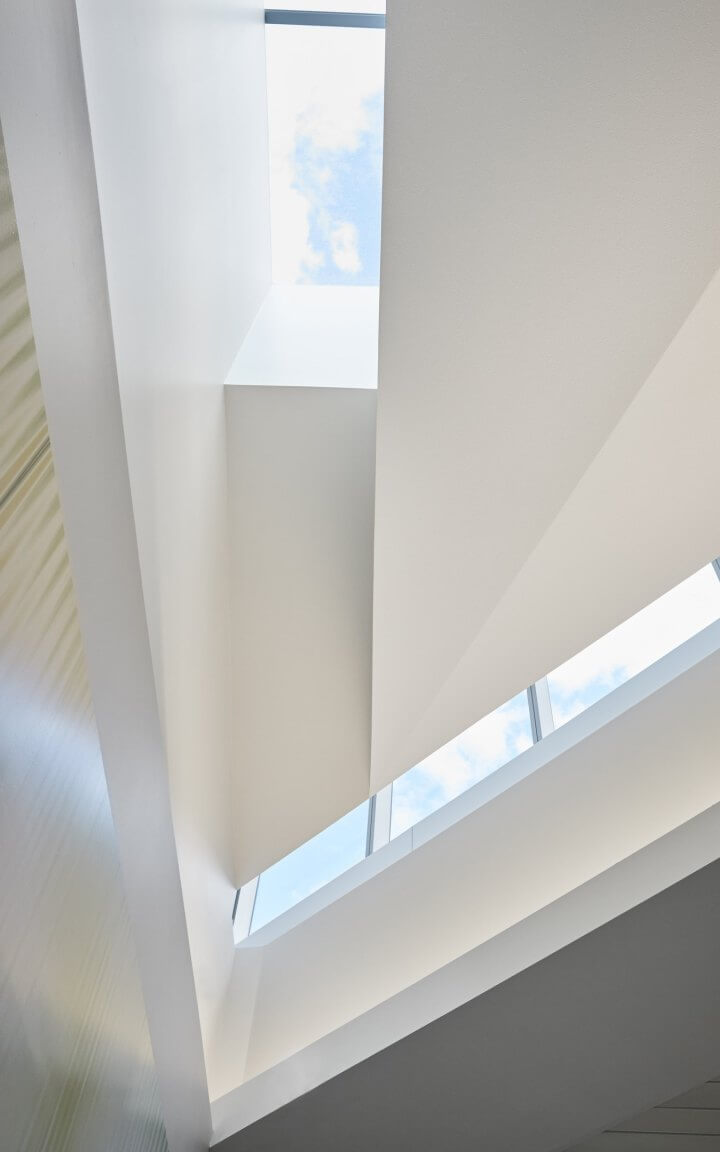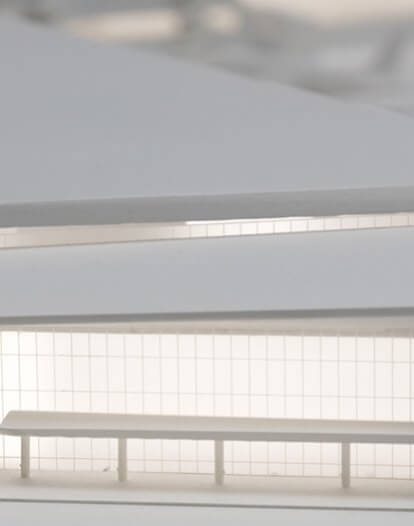Corgan Unveils “Residency Reshaped” Offering New Insights on the Multifamily Market
DALLAS — Global architecture and design firm Corgan has released a new research report, Residency Reshaped, addressing the transformative shifts in the multifamily housing market. This study explores how renters’ priorities are evolving in the wake of hybrid work trends, affordability challenges, and changing expectations for living spaces. The findings offer developers and property managers actionable insights to better align with renter needs and preferences.
The Residency Reshaped report combines extensive research — including a survey of 1,480 renters across six key Sun Belt markets (Atlanta, Austin, Dallas, Denver, Nashville, and Phoenix) — to highlight critical gaps between industry perceptions and renters’ lived experiences.
Amid an ever-changing market, traditional assumptions about location, amenities, and design are being challenged.
Affordability and Amenities Matter Most: Affordability and the relevance of amenities have surpassed location as primary drivers of renter decisions.
Innovation is Key: Emerging technologies, such as EV parking and smart home devices, are increasingly expected; renters want amenities that are future-driven to keep pace with evolving technology.
Rethinking Location: Renters are prioritizing comfort, space, and wellness over proximity to urban centers.
“We’ve uncovered what renters value – which requires looking beyond conventional wisdom and diving into the realities of their daily lives – and with that we can offer insights on how to bridge the gap between industry expectations and renter experiences. With insights from Residency Reshaped, developers have an opportunity to rethink how multifamily housing can better serve today’s renters,” said Stephen Lohr, Multifamily Studio Leader at Corgan. “Our goal is to help clients create spaces that not only attract residents but keep them.”
Residency Reshaped’s methodology brought together secondary research, in-depth interviews with property managers and developers, and a survey of renters in six cities. The report offers a myth-busting approach, comparing industry assumptions with renter feedback to expose discrepancies and validate effective strategies. These insights support developers in enhancing property appeal, improving resident retention, and fostering community connections. While renters are often indifferent to passive communal amenities like recreation rooms and coworking spaces, they value opportunities for community engagement through structured events, such as fitness classes and seasonal celebrations, promoting connections without relying on passive or organic interactions.
“Our comprehensive multi-method framework integrates market trend analysis and in-depth interviews with decision-makers like property managers and developers. This approach helped us to gather deep insights into prevailing industry mindsets, which are further enriched through detailed renter surveys. We began with the Sunbelt, but this repeatable framework allows us to take a localized look into new markets with more insights to discover,” said Melissa Hoelting, Assistant Director of Hugo.





